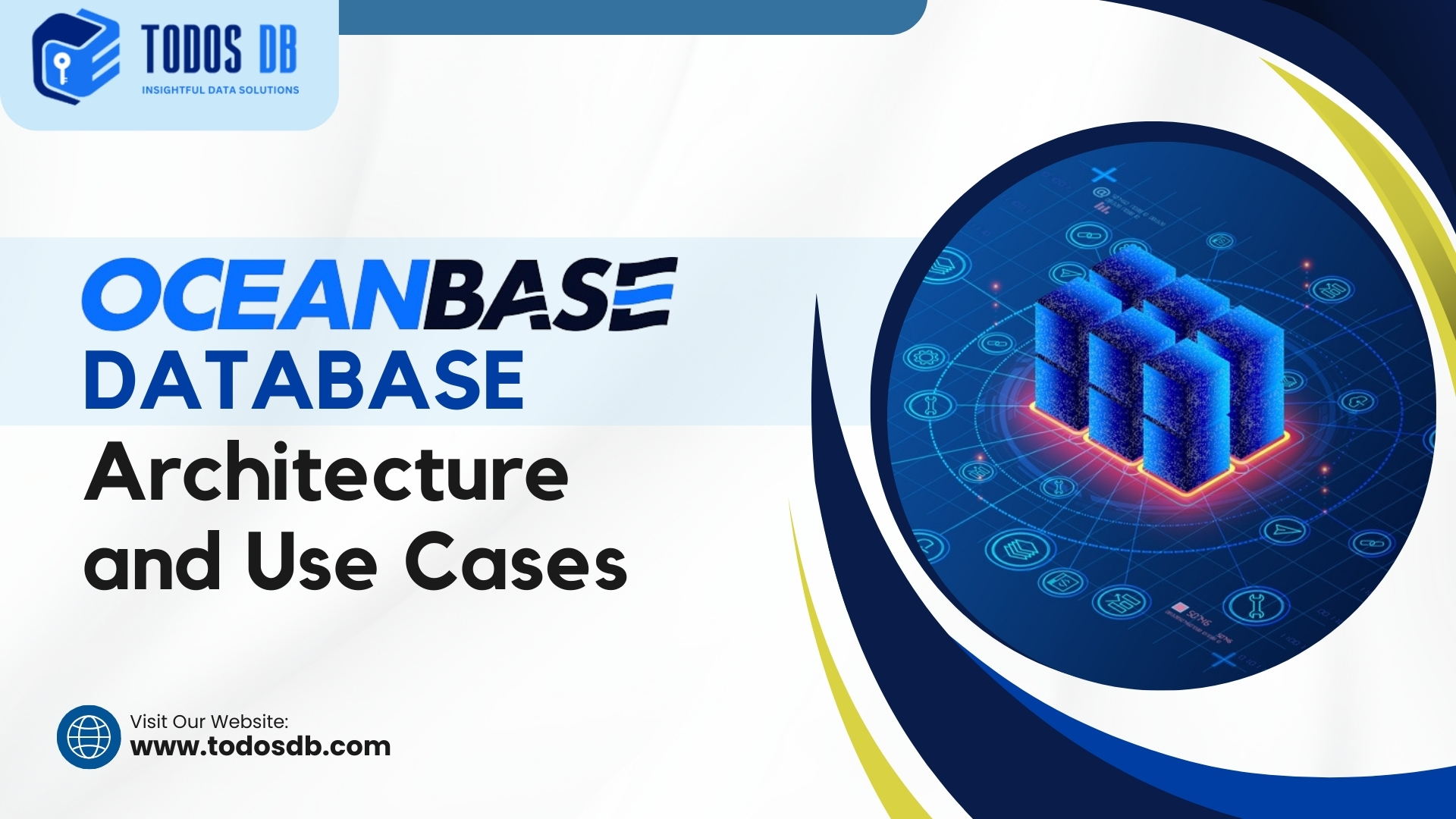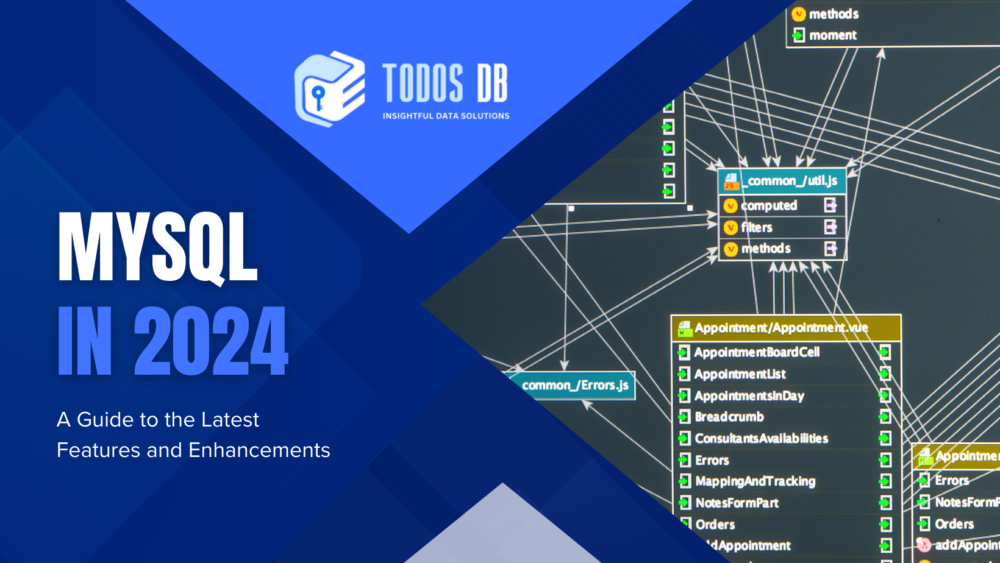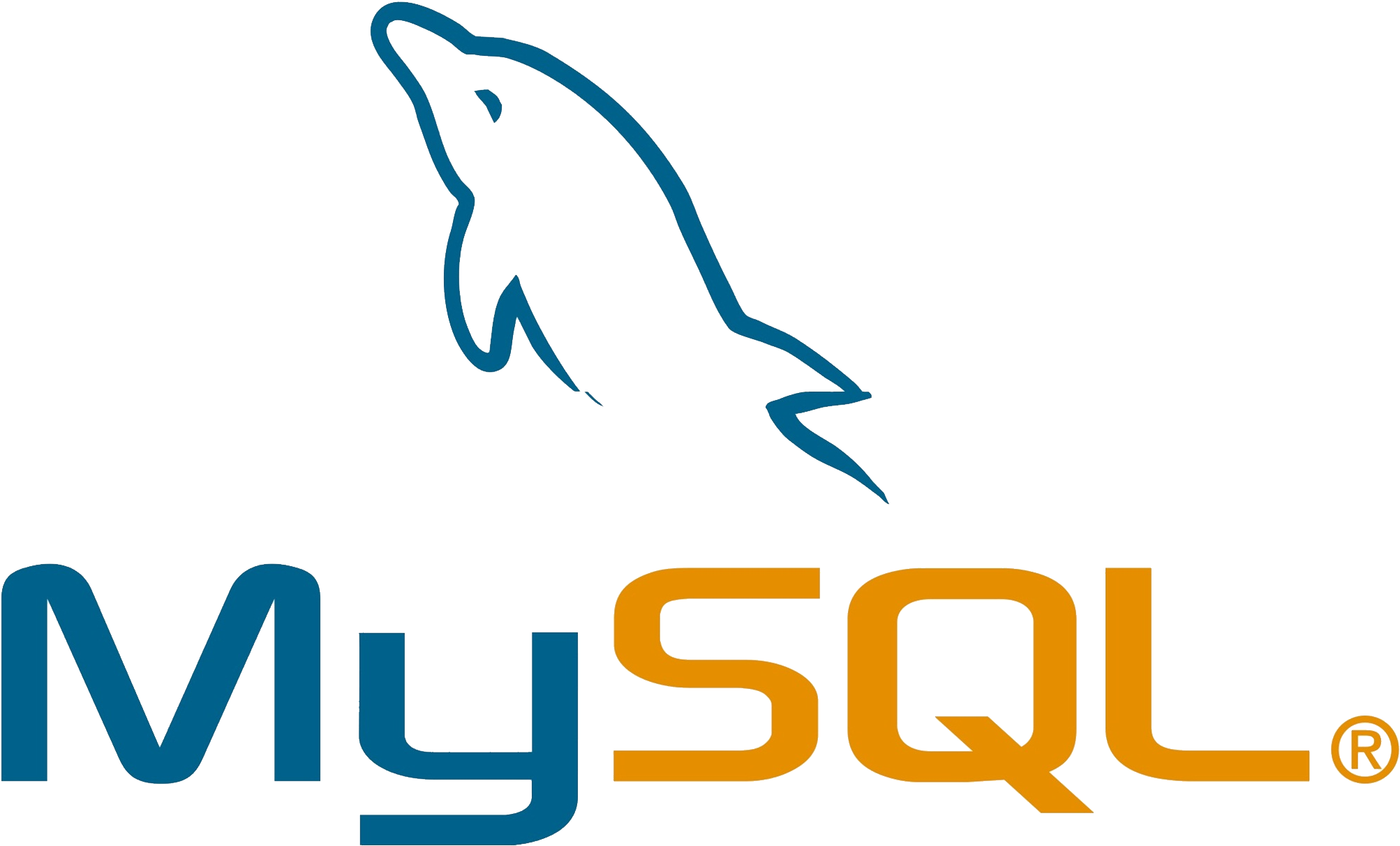Introduction to OceanBase
OceanBase is a distributed relational database optimized for online transaction processing (OLTP) workloads. Designed initially by Ant Financial, it provides high scalability, fault tolerance, and ACID compliance. OceanBase supports SQL queries with MySQL and Oracle compatibility, making it a flexible option for organizations transitioning from traditional relational database management systems (RDBMS).
This article dives into the technical architecture of OceanBase, detailing its features with practical examples, and explores real-world use cases to showcase its capabilities.
OceanBase Database Architecture
OceanBase’s architecture is built to handle the challenges of modern distributed database systems, including high availability, horizontal scalability, and strong consistency.

1. Distributed System Design
OceanBase operates as a shared-nothing architecture, where each node in the cluster has its own storage, compute, and memory resources. This ensures independence and fault isolation across nodes.
- Data Partitioning:
OceanBase divides data into partitions (shards), distributing them across nodes for scalability. Partitions are further replicated for fault tolerance. - Replication Model:
OceanBase uses a multi-leader Paxos-based consensus mechanism to replicate partitions across nodes. This ensures consistency while enabling fault recovery. - Storage Distribution:
Each partition is stored in a highly optimized structure using Log-Structured Merge (LSM) Trees, which handle high write throughput efficiently.
Technical Example:
A table user_data with billions of records is split into multiple partitions based on a hash function applied to user_id.
CREATE TABLE user_data
(
user_id INT NOT NULL,
user_name VARCHAR(255),
last_login TIMESTAMP,
PRIMARY KEY(user_id)
)
PARTITION BY HASH(user_id) PARTITIONS 10;This query creates 10 partitions for the user_data table, enabling distributed storage across nodes.
2. Transaction Management
OceanBase is ACID-compliant and supports distributed transactions while ensuring consistency through the following mechanisms:
- Two-Phase Commit (2PC):
Distributed transactions are processed using 2PC, ensuring all nodes involved in the transaction agree on the outcome.

- Snapshot Isolation with MVCC:
OceanBase uses Multi-Version Concurrency Control (MVCC) to provide snapshot isolation. This allows concurrent reads without locking, enhancing throughput.

Technical Example:
A bank transferring funds between two accounts distributed across different nodes:
START TRANSACTION;
UPDATE accounts SET balance = balance - 1000 WHERE account_id = 101; -- Node A
UPDATE accounts SET balance = balance + 1000 WHERE account_id = 202; -- Node B
COMMIT;OceanBase’s 2PC ensures both updates either succeed or roll back together.
3. Fault Tolerance and High Availability
OceanBase implements Paxos consensus for replication, ensuring data remains available even during node failures.

- Leader Election:
A leader replica handles write operations for a partition, while followers handle reads. In case of a leader failure, a new leader is elected within seconds. - Geo-Replication:
OceanBase supports geo-distributed deployments, ensuring low latency and availability in multi-region setups.

Technical Example:
Replicating the orders table across three regions for disaster recovery:
ALTER TABLE orders REPLICATE TO 'region1', 'region2', 'region3';This configuration ensures the table remains accessible even if one region experiences downtime.
4. Query Processing and Indexing
OceanBase supports Storage Attached Indexes (SAI), a new indexing mechanism introduced to replace the original secondary indexes. SAIs allows dynamic index creation and query optimization without rigid data model requirements.

Example with SAIs:
Adding an index to an existing table without reloading data:
CREATE INDEX idx_last_login ON user_data(last_login);The SAI dynamically optimizes queries using this index, reducing query execution time.
5. Compatibility and Integration
OceanBase is compatible with MySQL and Oracle, supporting SQL syntax from both systems. This makes migrations straightforward for enterprises using these databases.

Migration Example:
Migrating a table from MySQL to OceanBase:
# Export table from MySQL
mysqldump -u root -p --databases example_db > example_db.sql
# Import into OceanBase
mysql -h <oceanbase_host> -u root -p example_db < example_db.sqlUse Cases of OceanBase
1. Financial Systems
OceanBase powers critical financial systems requiring strong consistency, high availability, and low latency.
Scenario:
A bank using OceanBase for real-time transaction processing and fraud detection. OceanBase’s multi-region setup ensures global availability and compliance.
Code Example:
Real-time transaction logging:
INSERT INTO transaction_log (transaction_id, account_id, amount, status, timestamp)
VALUES (12345, 101, 500, 'SUCCESS', CURRENT_TIMESTAMP);2. E-Commerce Platforms
E-commerce systems rely on OceanBase for inventory management and order processing during peak sales.
Scenario:
Handling flash sales where inventory updates must scale across thousands of concurrent requests.
Code Example:
Inventory decrement during a flash sale:
START TRANSACTION;
UPDATE inventory SET stock = stock - 1 WHERE product_id = 123 AND stock > 0;
INSERT INTO orders (order_id, user_id, product_id) VALUES (456, 789, 123);
COMMIT;3. Telecommunications
Telecom companies use OceanBase for customer billing and network analytics.
Scenario:
Processing real-time billing for millions of users without downtime.
Code Example:
Aggregating monthly billing:
SELECT customer_id, SUM(call_charges + data_charges) AS total_bill
FROM billing
WHERE billing_month = '2024-11'
GROUP BY customer_id;4. Social Media Platforms
OceanBase handles billions of interactions, such as likes and comments, with minimal latency.
Scenario:
Managing real-time notification delivery for user interactions.
Code Example:
Adding a new follower notification:
INSERT INTO notifications (user_id, message, timestamp)
VALUES (123, 'You have a new follower!', CURRENT_TIMESTAMP);Performance Advantages of OceanBase
- Scalability:
OceanBase scales horizontally to handle millions of transactions per second by simply adding nodes. - High Availability:
With leader-election and replication, OceanBase ensures uninterrupted uptime. - Cost-Effectiveness:
The shared-nothing architecture minimizes hardware costs while delivering high performance. - Flexible Schema Design:
SAI allows developers to adapt schemas dynamically to evolving requirements. - Geo-Distributed Deployment:
OceanBase supports global businesses with low-latency, cross-region availability.
Conclusion
OceanBase stands out as a high-performance distributed database capable of meeting the demands of modern applications. Its robust architecture, compatibility with MySQL and Oracle, and support for large-scale OLTP workloads make it an indispensable tool for enterprises in finance, e-commerce, telecom, and beyond.
For developers and businesses aiming for uninterrupted scalability and consistency, OceanBase offers the perfect balance between innovation and reliability. Explore OceanBase today to unlock the full potential of your data infrastructure.


